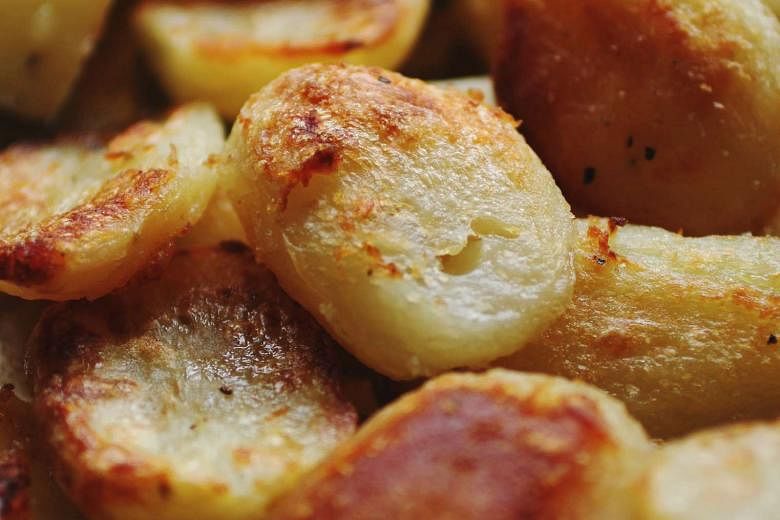UNITED STATES (The Washington Post) - Did you know you can use a meat thermometer to check the doneness of other foods, too?
I've seen chefs do this with breads and custards, so I suppose you might say it's another reason I'm happy to watch them in their element.
Think of the baked goods you're always hesitant to pull out of the oven - browned, with dense interiors. Or a perfectly intact piece of fish you just hate to flake into with a fork. A straight-from-the-freezer casserole whose core is inscrutable.
When you're not satisfied with a recipe's description of "until just set." We've collected a few temps beyond the easy-to-find meat/poultry ones. Temperatures should be taken at the center, without touching any bone or heated surface.
FISH AND SEAFOOD
Salmon, halibut, cod, tilapia, red snapper: 54 to 57 deg. C (stuffed, 74 deg. C)
Tuna: 51 to 52 deg. C (ahi tuna, 46 to 49 deg. C )
Shrimp, scallops: 49 deg. C
Lobster: 63 deg. C
BAKED GOODS
Quick breads such as banana bread, corn bread, coffee cake: 93 deg. C
Cakes and cupcakes: 96 to 99 deg. C (devil's food and red velvet, 96 deg. C)
Molten chocolate cakes: 71 deg. C
Breads and rolls: a minimum of 88 deg. C; 96 to 99 deg. C for some sourdough or sturdy varieties
Bread pudding: 71 deg. C
Sweet potato, pumpkin, fruit pies: 79.5 deg. C
EGG-BASED
Sauces: 71 deg. C (hollandaise, 63 to 65.5 deg. C)
Quiches: 74 to 85 deg. C (depending on filling add-ins)
Custards: 80 to 82 deg. C
GENERAL
Baked potatoes: 99 to 100 deg. C (boiled, 93 deg. C)
Casseroles, leftovers: 74 to 80 deg. C
Ground meats (meatloaf): 71 deg. C

